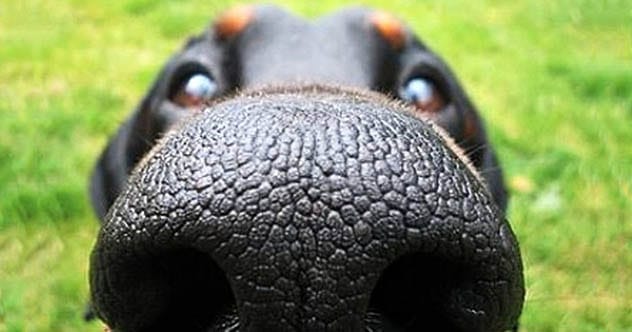It might seem like every day there’s news about a species going extinct because of humans. While it’s true that human actions can harm wildlife, we also play a positive role. Sometimes, humans help create new species or save them from disappearing altogether. This article explores ten species that wouldn’t be around today if it weren’t for humanity’s influence.
Wheat
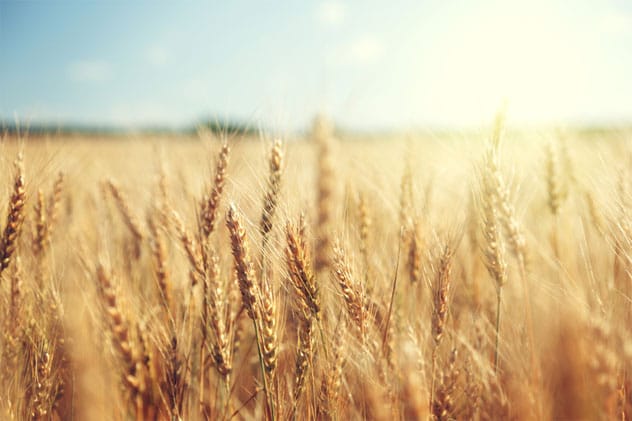
Wheat is a major food crop that feeds people worldwide. It exists today because of careful and selective cultivation. Early humans transformed a wild grass into the base for almost every baked good we enjoy.
The first wheat was grown around 11,600 years ago in the Fertile Crescent. People harvested and cultivated the grass to develop mutant forms, selecting those with larger grains that held onto their seeds even after harvesting. Over time, this led to the wheat we know today. Some believe wheat domesticated humans just as much as humans domesticated it, as cultivating wheat sparked agriculture, which led to human civilization. Without wheat, we might still be wandering around looking for berries and other foods.
Crab Louse
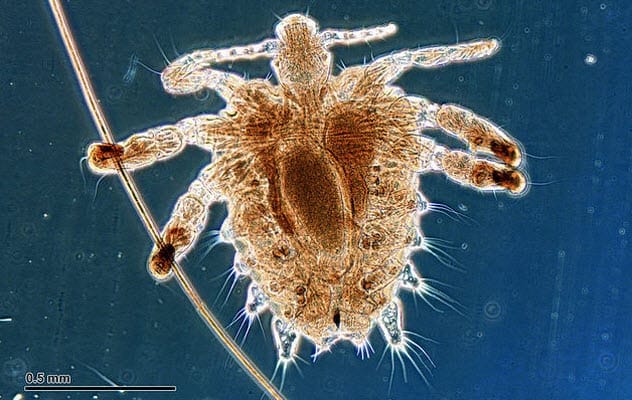
The crab louse is a troublesome parasite. Most animals with hair are bothered by lice. Humans are unique because we deal with two different species of these pests.
While other primates also have head and body lice, humans are the only species plagued by a separate type of louse that targets the pubic region. The crab louse (P. pubis) evolved specifically to thrive on the coarser hair found there. It affects about 2% of the world’s population and is usually transmitted through sexual activity. Although crab lice don’t spread diseases, they are still quite a nuisance. This is one species humanity might gladly do without.
Corn

Corn is a key crop used globally for everything from feeding cattle to making sweeteners. It became this way only because of humans. In its natural state, corn was very different from what we see today. About 9,000 years ago, indigenous people in Mexico transformed a simple grass into one of the most vital food sources on Earth.
Through artificial selection, early farmers chose plants with larger ears and kernels. The wild ancestor of corn, teosinte, doesn’t naturally produce anything like modern corn. The first domestication happened in the Andes, followed by another wave in the lowlands of South America. Modern corn plants have ears about 6.5-7.5 inches long, with multiple ears per plant, a huge difference from the one-inch ears of their ancestors.
Goldfish

Goldfish are a prime example of selective breeding. These popular pets wouldn’t exist in their current form without human intervention. Modern goldfish have only been around for about 1,000 years.
Goldfish are a subspecies of carp, selectively bred for their bright colors and unique body shapes. Initially, Asian carp were raised as a food source. During the Jin Dynasty (265-420 AD), people noticed colorful mutations and began breeding those fish. Over time, a yellowish-orange color became dominant, and goldfish started appearing in ornamental ponds and water gardens by the Tang Dynasty (618–907 AD). Through continuous selective breeding, the goldfish (C. auratus) became a popular ornamental and pet fish.
Potatoes
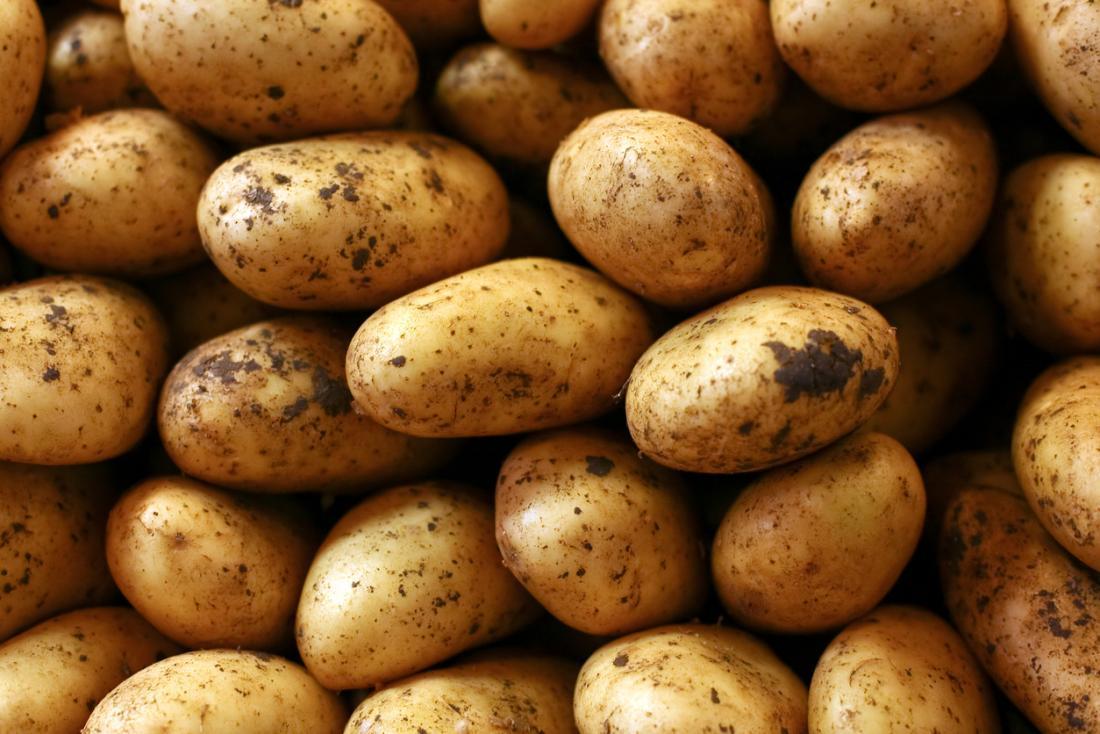
Potatoes are another major global crop, shaped by thousands of years of selective breeding from a single species. About 7,000-10,000 years ago, the indigenous people of Peru domesticated the species S. brevicaule. Their work has given us thousands of potato varieties.
The potatoes we know today (S. tuberosum) started as bitter and mostly inedible tubers. As they were developed, they became a key food source in South America, contributing to a population boom between 1700 and 1900. Potatoes easily grow from existing tubers, which has made hybridization easier. Today, millions of tons of potatoes are eaten worldwide each year.
The London Underground Mosquito
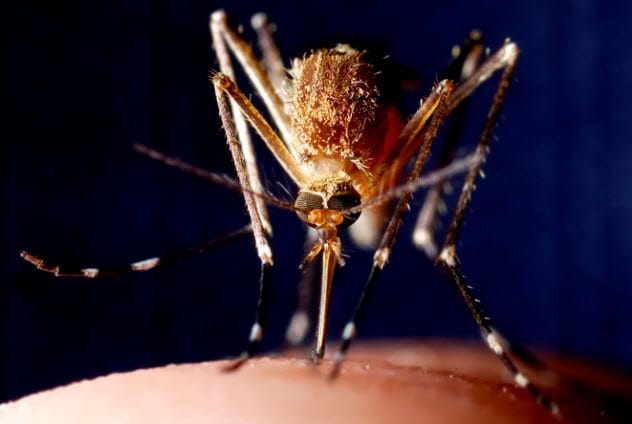
Sometimes, species evolve unintentionally due to human activities. The London Underground mosquito (C. molestus) exists because of our habit of building underground systems.
First discovered in 1775, C. molestus likely adapted to these human-made environments. While named after the London Underground, it was first found in Egypt. Now, it’s found across the globe. Unlike other mosquitoes, this species has fully adapted to living underground. It thrives in sewers and subway systems, leaving to feed on human blood, often entering homes through air vents. This mosquito causes problems by spreading diseases like West Nile Virus and Ross River virus.
Lots of Greens
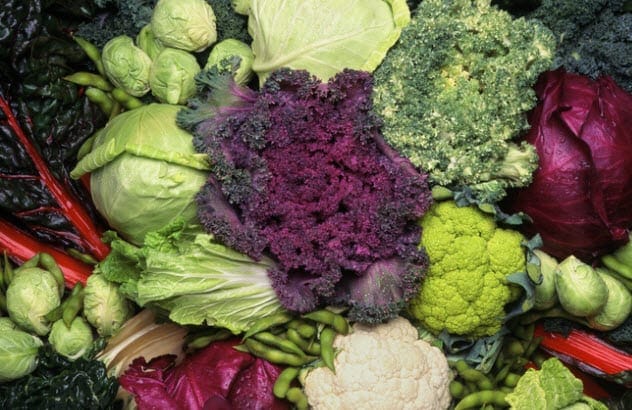
Kale, collard greens, kai-lan, cauliflower, cabbage, Brussels sprouts, kohlrabi, and broccoli are all enjoyed worldwide. These veggies exist because of human cultivation, and their development is quite fascinating. Despite their differences, they are technically the same plant.
These vegetables come from the species B. oleracea, a wild cabbage found in Europe. In its natural form, it’s mostly inedible. Humans began cultivating wild cabbage around the fifth century BC in the northern Mediterranean, using artificial selection to favor certain traits. Kale was the first variation developed, followed by cabbage and kohlrabi around the first century. By the 15th century, cauliflower and broccoli appeared, and Brussels sprouts in the 18th century.
Cows
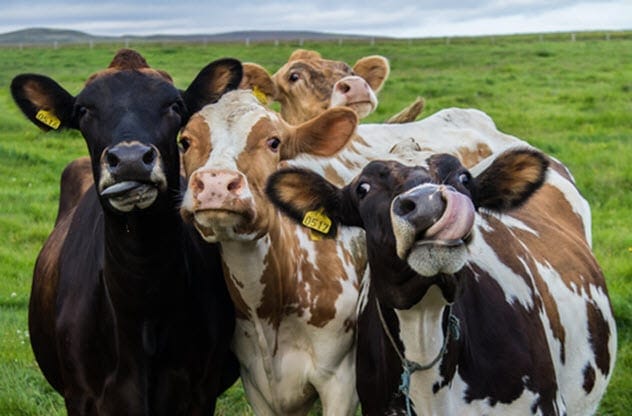
The auroch, a Eurasian wild ox, went extinct in 1627 due to overhunting. Fortunately, we have the modern cow (B. taurus), which is widespread, with an estimated 1.5 billion individuals in 2018.
Modern cows are believed to be domesticated from a single herd of aurochs about 10,500 years ago. Genetic analysis suggests that about 80 individuals from that herd were domesticated. All modern cattle come from these animals. Human domestication has led to over 1,000 breeds, adapted to various climates and bred for specific purposes like labor, meat, and milk. While some wild breeds remain, the domestic cow we use for beef and dairy exists thanks to human intervention and artificial selection.
Avocados
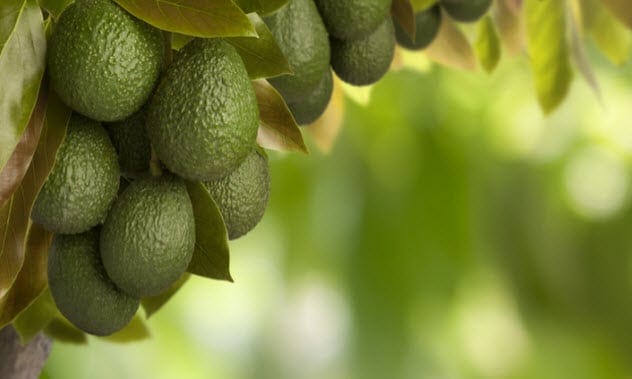
The avocado is an interesting case. We didn’t breed it into existence, but we saved it from extinction after a major event. Avocados evolved during the Cenozoic era when North America was home to giant ground sloths and other megafauna. These animals ate the fruit and dispersed the large seeds through their waste, helping avocado trees grow. When those megafauna died out about 13,000 years ago, the avocado was in trouble.
Without these large animals to spread their seeds, avocados were at risk. However, humans began eating the fruit, ensuring the avocado tree’s survival. Over time, humans cultivated the plant from wild varieties, developing the avocados we enjoy today. If humans hadn’t found them so tasty, avocados might have disappeared along with the megafauna.
Dogs
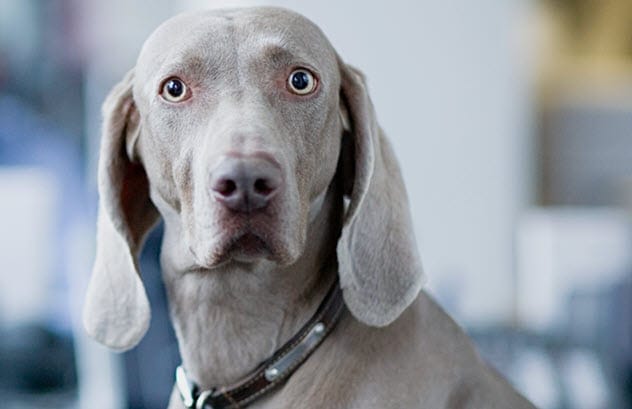
Dogs are perhaps the best-known example of artificial selection. Dogs, as we know them, wouldn’t exist without humans. Our history with “man’s best friend” goes back further than recorded history.
Dogs are a divergent species of the Grey Wolf, and most breeds look nothing like wolves. This is due to the selective breeding humans have done over millennia, focusing on traits that aid in hunting, herding, and gathering. Early dogs (C. l. familiaris) were bred to take advantage of their strength and hunting skills. We fed them, and they protected us and helped us hunt, which was a mutually beneficial arrangement. Over time, we developed breeds for other purposes, like companionship, leading to dogs like pugs and chihuahuas. While modern breeds provide companionship, they are prone to genetic ailments from initial breeding practices, while older breeds tend to live longer, healthier lives.
From essential food crops to beloved pets, humans have greatly influenced the evolution and survival of many species. These examples show that our impact on the natural world can be both positive and profound. What are your thoughts on these human-influenced species? Leave your comment below!


